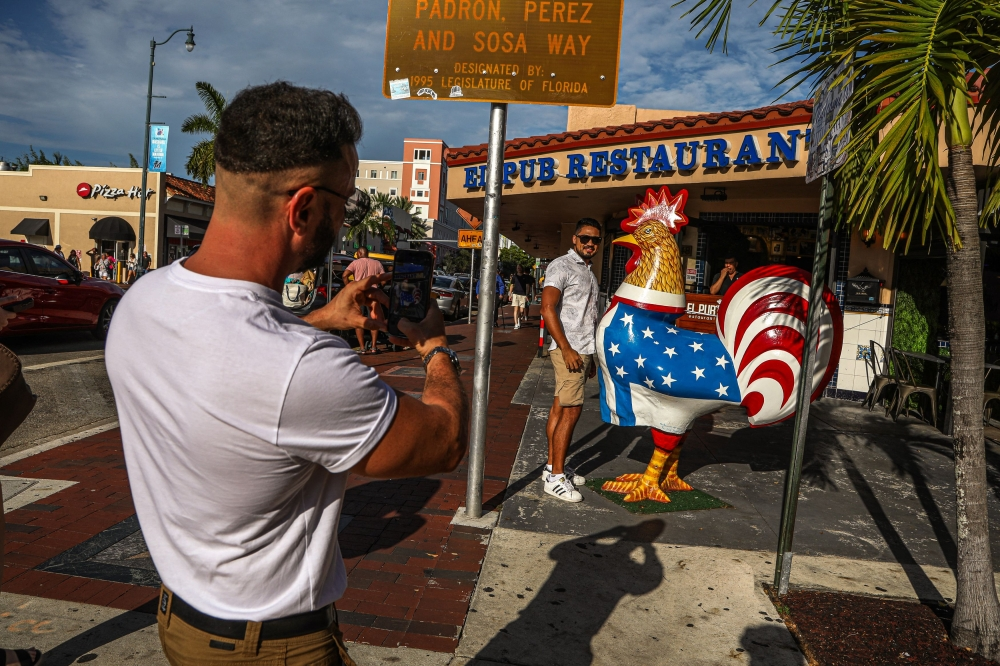Miami is ruled by Spanish. It is spoken by hundreds of thousands of immigrants who are learning to speak English fluently, and one can hear it everywhere.
But the end effect is spoken English that has enough variations to qualify as a dialect, according to a recent research.
According to Phillip Carter, a sociolinguist at Florida International University (FIU) and the study’s author, it is an English that has literal translations from Spanish infused into it.
In Miami, it’s more frequent to hear “get down from the car” than “get out of the car,” which is the literal translation of “bajarse del carro” in Spanish. “Put the light” is another literal translation that can be used in place of “turn on the light.”
English speakers from other countries may be confused by such strange word choices.
In their new nations, immigrants frequently translate words literally, but Carter tells AFP that this practice tends to vanish in later generations.
That is not the situation in South Florida, according to his study, which was carried out after numerous interviews with Latinos.
According to Carter, 43, it was intriguing to watch how some of these sayings were passed down to their offspring and grandkids.
Certain things endure. For that reason, we were using the term “dialect,” which refers to a language that people learn as their first language and contains some of these characteristics that are impacted by Spanish.
Interlanguage coexistence
In Miami-Dade County, 69.1% of the population is Hispanic, according to the US Census. Following the 1959 Revolution on the island, waves of migrants from other Latin American nations, mainly Colombia and Venezuela, continued the daily coexistence of English and Spanish.
This continual switching between languages, often within the same phrase, led to the development of Spanglish, a form of Spanish that is widely spoken in Spanish-speaking households throughout the United States and is full of Anglicizations and literal translations.
According to Carter, “there isn’t a single language that doesn’t have words borrowed from another language.”
There will be a lot of intriguing language contact when the majority of the people speaks two languages.
The study’s findings are not shocking to Ody Feinberg.
I encounter it frequently because people will begin speaking to me in English before suddenly declaring, “You speak Spanish,” Then they proceed to repeatedly mix it up. It’s kind of funny,” says Feinberg, 62, a Miami-based Louis Vuitton client advisor.
The cultural and linguistic diversity of Miami is something to be proud of, according to 47-year-old Camilo Mejia, who works for a nonprofit.
“Here, you not only learn about other cultures, but learn about a culture that’s the result of many people from different backgrounds coming together, living together, and creating new things together,” he claims.








